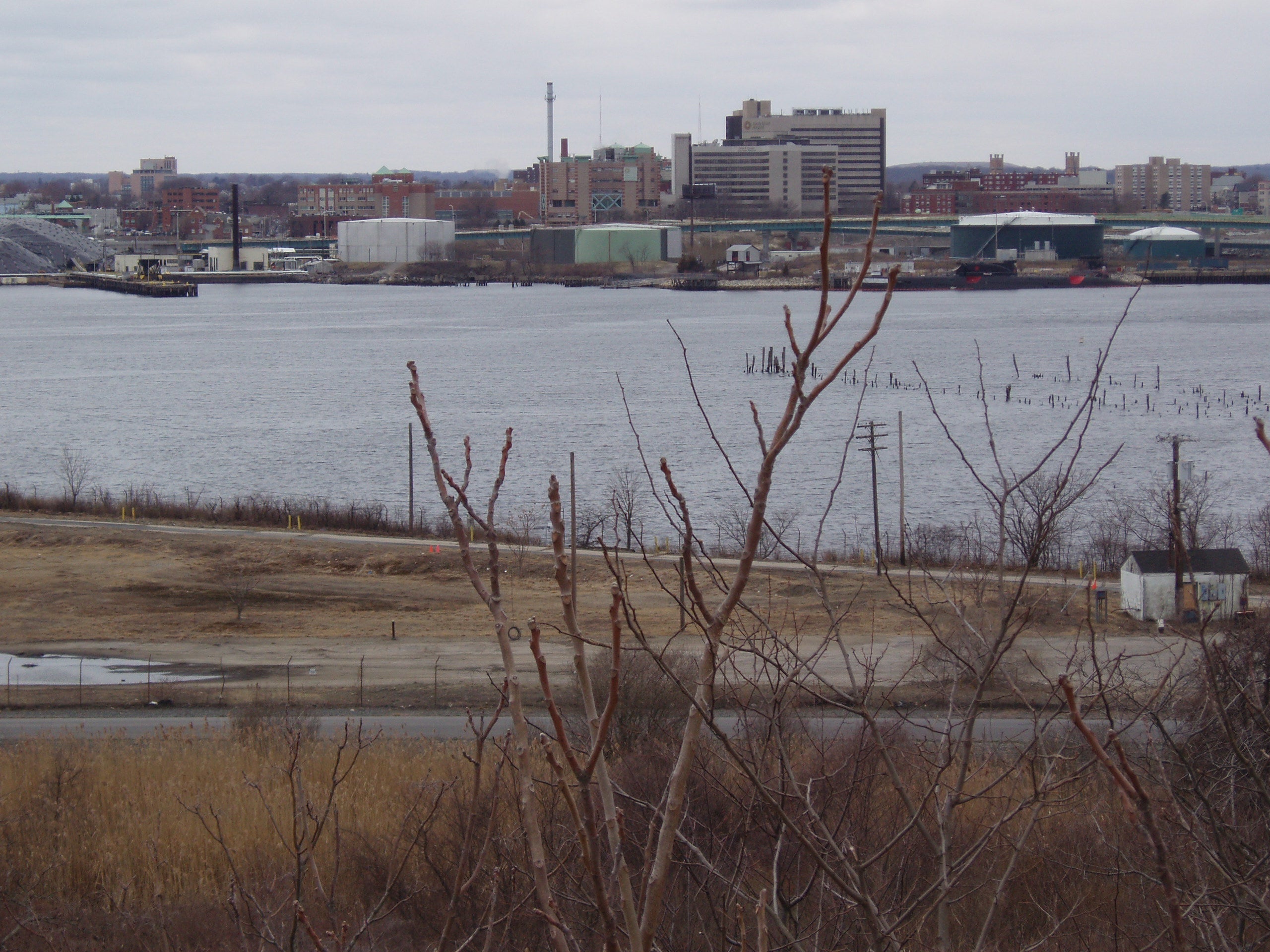This research gauged the U.S. port and marine infrastructure engineering community’s attitude and approach to planning for sea level change (SLC) for maritime infrastructure projects. Maritime infrastructure, such as wharves, docks, and piers are particularly vulnerable to SLC due to their coastal location. Observational data and calculated projections confirm that sea level is changing and the rate of change is likely to increase. Therefore, engineers of marine infrastructure projects need to consider SLC throughout the design process, especially for projects with long working lifespans, in some case exceeding 100 years. This can be a challenging task due to the uncertainty of SLC projections, as well as differing guidelines and recommendations for managing SLC, especially at the local level. Additionally, there is no national guidance for incorporating SLC information into design specifications. Engineers and designers must make decisions on what SLC information they will use and what guidance they will follow.
This research identified if, how, and why different firms and engineers incorporate SLC information into a design An online survey was distributed to members of the Coasts, Oceans, Ports, and Rivers Institute (COPRI) of the American Society of Civil Engineers (ASCE) and others who engineer or design port and marine infrastructure in the United States.
The survey addressed the following questions:
1. In what capacity are port infrastructure engineers and designers in US engineering firms incorporating a sea level change projections into the design specifications of port engineering projects?
2. For port engineering projects that do incorporate sea level change, how are port infrastructure engineers and designers coping with the challenges of scientific uncertainty of sea level change, long useful life of port structures, and lack of national guidance throughout the design process?
3. Where does the incentive and disincentive for US engineering firms to incorporate sea level change into the design specifications of port engineering projects originate from?
The baseline data resulting from this research can be used to determine the role that organizations such as the USACE and ASCE can play to best provide assistance, as well as for tracking how firms change their approach to incorporating SLC into their designs over time.
Published paper at:
Sweeney, Benjamin, and Austin Becker. 2020. “Considering Future Sea Level Change in Maritime Infrastructure Design: A Survey of US Engineers.” Journal of Waterway, Port, Coastal, and Ocean Engineering 146 (4). doi: 10.1061/(asce)ww.1943-5460.0000583.

